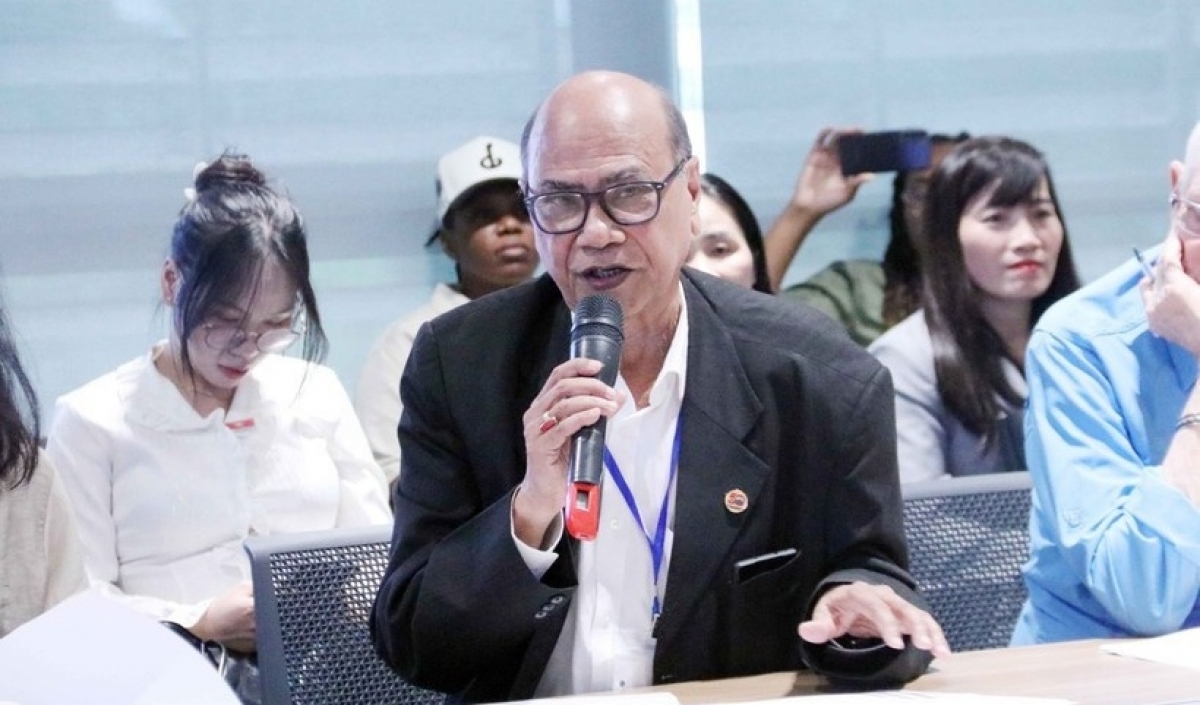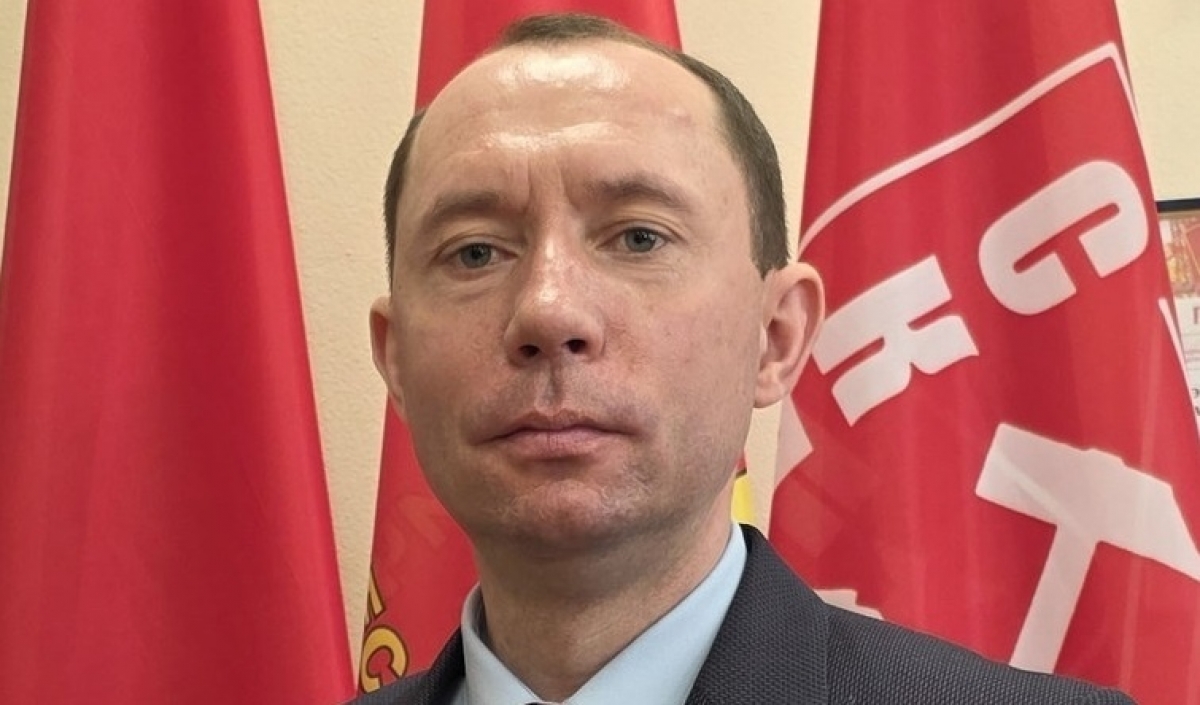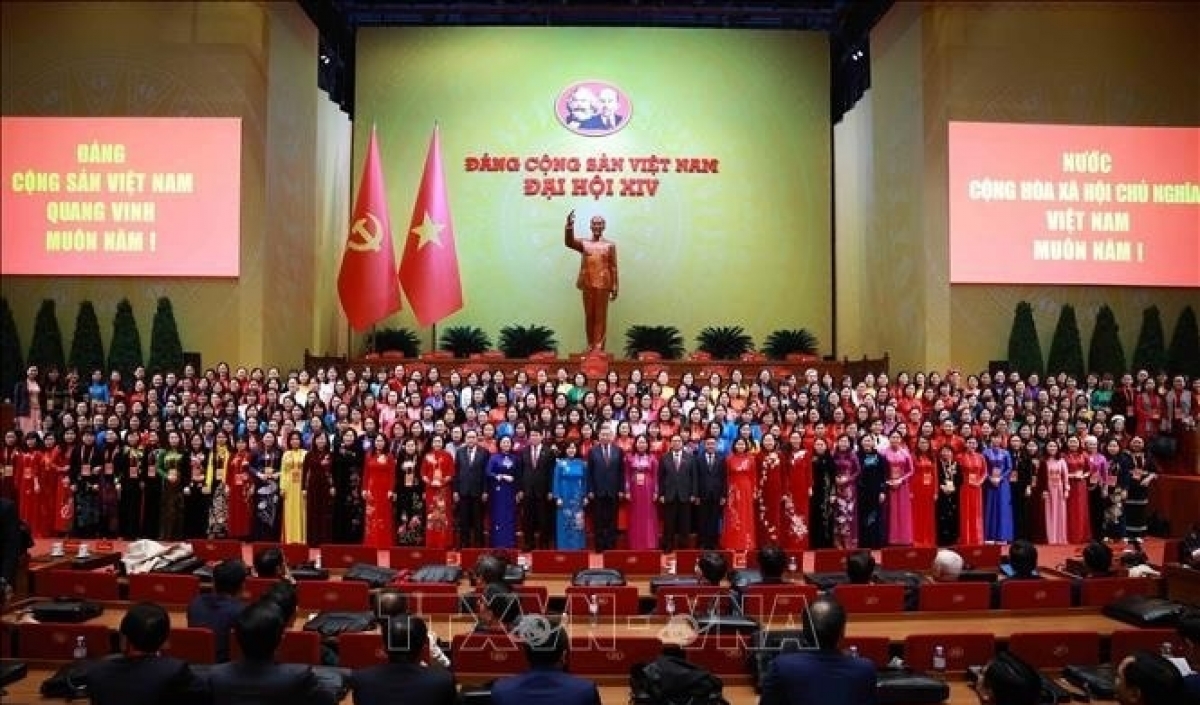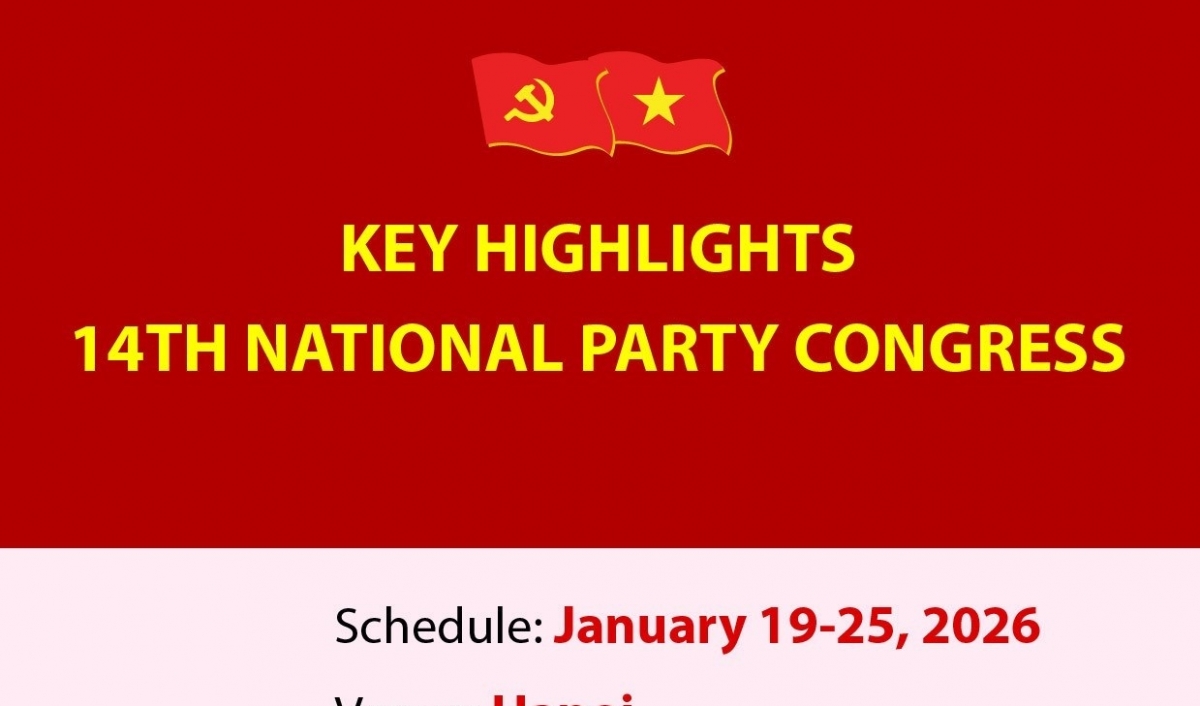INTERNATIONAL INVESTMENT
AND PORTAL
The World Bank said that Vietnam’s economy grew strongly in 2022. How does it assess Vietnam’s overall economic performance for the year, and what were the key drivers?
Vietnam had a strong macroeconomic performance in 2022 and the economy was expected to have grown by around 7.2 per cent. This is a remarkable result, particularly considering the economic slowdown experienced in the rest of the world.
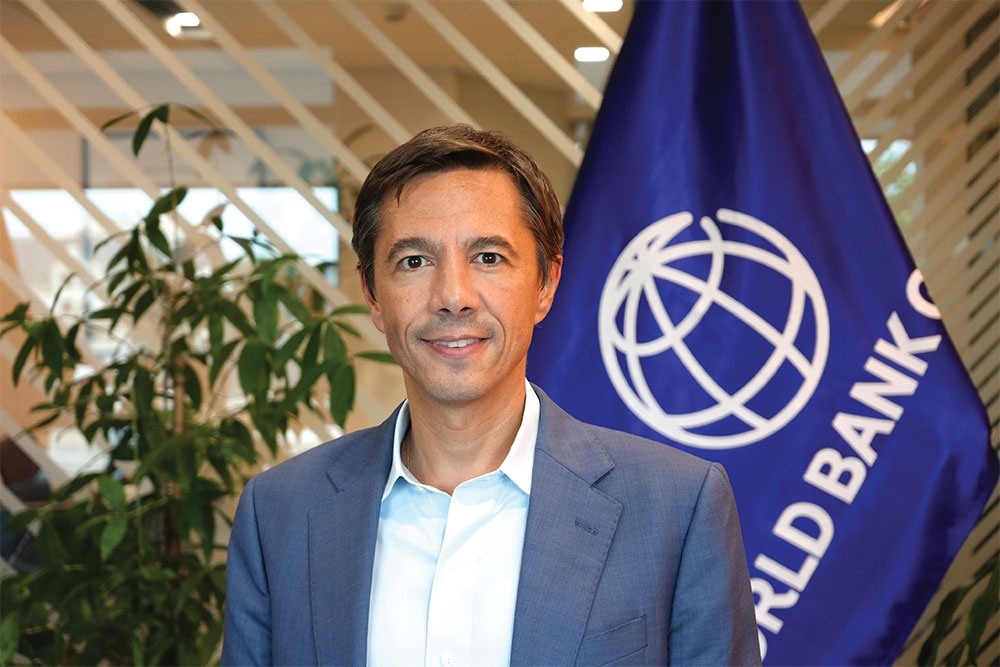 Andrea Coppola, World Bank’s lead economist
Andrea Coppola, World Bank’s lead economist
However, we need to acknowledge that 2023 is going to be a much more difficult year and we expect the economy to slow down during the next months, as the global economic outlook is gloomy and this is going to affect Vietnam’s economic performance.
Vietnam’s strong economic performance in 2022 has been driven by four main factors. Firstly, the country’s export drive, which has been very strong in the past and has shown to be resilient. Even though we expect the growth of exports to slow down as global demand is weakening, exports will continue to contribute to growth going forward.
The second driver of growth was domestic demand. Domestic consumption and retail sales were powerful engines of growth for the country in the past year. Domestic demand is expected to be affected by rising domestic inflation going forward, but continue to contribute positively to growth in 2023.
Thirdly, we should acknowledge that private investments played an important role. During the first 11 months of 2022, foreign investment disbursements grew by more than 15 per cent than during the same period in 2021.
Finally, we need to consider that the pandemic had a strong impact in Vietnam in 2021, particularly during the third quarter. As a result, the strong economic performance in 2022 is also the result of a low-base effect.
What is happening in the rest of the world, and what are the implications for Vietnam?
It is a challenging moment for the global economy. The pandemic inflicted lasting damage and a combination of additional shocks is dragging down the global economy and it is expected to lead to a strong deceleration of global economic growth in 2023.
Three powerful forces have been affecting the global economy during 2022 and may have a negative impact on global economic growth in 2023: persistent inflationary pressures, worsening financial conditions, and the economic slowdown in China and other major economies.
In this context, the global outlook is gloomy. Global growth is expected to strongly decelerate and additional economic shocks, such a stronger than expected monetary tightening, may lead towards a global economic recession.
In this context, the Vietnamese economy will face strong headwinds in 2023 on both external and internal fronts. External risks include persistent global inflation pressures, additional monetary tightening, and a sharper-than-expected economic slowdown of Vietnam’s main trade partners, as well as continued disruptions in the global value chains. Internally, higher inflation and uncertainty associated with heightened risks in the financial sector could affect growth prospects.
Vietnam will be required to increase vigilance and policy flexibility. What are your recommendations for Vietnam to manage these challenges?
In the current global context characterised by uncertainty and risks, Vietnamese policymakers have the difficult task of balancing the need to provide continued policy support to solidify the recovery with the need to contain emerging inflation and financial risks.
High uncertainty will require the policy mix to be adapted to changing circumstances. If the US Federal Reserve continues raising interest rates and exchange rate pressures persist, Vietnamese monetary authorities could consider allowing further flexibility in the exchange rate, including through a quicker pace of devaluation of the reference rate.
Given the persistence of exchange rate pressures, direct foreign exchange sales could be used very cautiously to preserve international reserves.
In case faster depreciation leads to a significant increase in inflation and inflation expectations rise, the State Bank of Vietnam could consider using again the reference interest rates. However, policy room is limited as interest rates are already high. Close coordination between monetary and fiscal policy would help to minimise further increases of the interest rates.
Local authorities could consider reining in public expenditure while prioritising expenditures on human capital development and accelerating the implementation of selected public investments with the highest expected impact on economic growth. Effective public investment management is critical to promote economic growth in an inflationary context.
As for financial sector policies, to address liquidity challenges in the banking sector, in case some banks become more vulnerable and require support, the SBV could help to restore confidence by providing emergency liquidity assistance provided that banks have a plan in place to restore a satisfactory liquidity position, without continuous reliance on SBV lending.
Public investment is one of the drivers for socioeconomic development, but the disbursement of public investment has been a weakness. What are the factors behind these, and what can be recommended to address them?
Indeed, some weaknesses in the implementation of the investment budget in the past few years have limited the effectiveness of the government’s fiscal policy and its impact on economic growth.
Public spending has been hampered by implementation challenges, including land acquisition and resettlement issues. This issue is particularly acute for ventures funded through official development assistance, where the land acquisition and resettlement are funded by the counterpart funding, which is often underestimated during project preparation, leading to inadequate funding at the implementation stage.
Another issue that slows down the disbursement of public investment projects is weak project preparation. To strengthen public investment management efficiency, the authorities could strengthen project quality-at-entry, for example by promoting a better estimation of costs and benefits, including land settlement cost.
Vietnam is aspiring to become a high-income economy by 2045. What is the role of the institution in such an aspiration?
Modernising existing institutions is a key priority of the socioeconomic development strategy adopted in 2021. Vietnam’s GDP per capita has increased fivefold over the past three decades, while its institutions have not adapted at the same speed. A series of institutional reforms can help the country avoid the middle-income trap by increasing its capacity to respond to new and complex global and domestic challenges.
According to a recent World Bank Group systematic country diagnostic report titled “How will Vietnam blossom”, improving Vietnam’s performance will require five institutional reforms.
First is creating a solid institutional anchor that will transform development priorities into concrete actions. Second is streamlining administrative processes to increase the effectiveness of government at all levels. Third, there must be market-based instruments to motivate public and private stakeholders. Enforcing rules and regulations to enhance motivation, trust, and fairness is a must. Finally, there must be engagement in participatory processes to secure greater transparency and accountability.
Climate change poses particular challenges to growing out of middle-income status, and the World Bank has published a report discussing these challenges. Can you elaborate on what was uncovered?
The World Bank has recently prepared a “country climate and development” report for Vietnam, which explores the policies and investments needed to sustain growth in a context of climate change.
This report proposes two interlocking pathways to manage the growth with climate change challenge. The first pathway focuses on building resilience to the damage that climate change is causing to the economy, and the second one focuses on the challenge of decarbonisation.
Action on decarbonisation will require decisive action in the energy, transport, and agriculture sectors, and the World Bank report estimates that this will require about $160 billion between now and 2040. Large figures like these underscore that, beyond public funding, it is key to encourage private investment, both in new technology and in more resilient infrastructure.
International financial sources can also play an important role. As Vietnam continues with the triple challenge of ensuring rapid and inclusive growth, building resilience to climate change, and lowering emissions of harmful greenhouse gases, the World Bank is committed to providing technical and financial support.
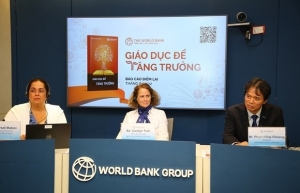 Vietnam's economic growth forecast at 7.5 pc in 2022: World Bank
Vietnam's economic growth forecast at 7.5 pc in 2022: World Bank
Vietnam’s GDP growth is forecast to expand 7.5 percent in 2022 and 6.7 percent in 2023, with resilient manufacturing and a robust rebound in services serving as the driving forces for economic recovery.
 Vietnam needs skilled workforce to become upper-middle-income economy by 2035: WB
Vietnam needs skilled workforce to become upper-middle-income economy by 2035: WB
Vietnam will need a skilled workforce to transform itself into an upper-middle-income economy by 2035, the World Bank has suggested in its recently-released report named “Taking Stock: Educate to Grow”.
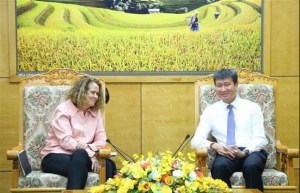 Yen Bai deploys 21 World Bank-funded projects
Yen Bai deploys 21 World Bank-funded projects
The northern mountainous province of Yen Bai has received and implemented 21 programmes and projects funded by the World Bank (WB) with total investment of 4.67 trillion VND (199.65 million USD) since 2000, according to a local official.
